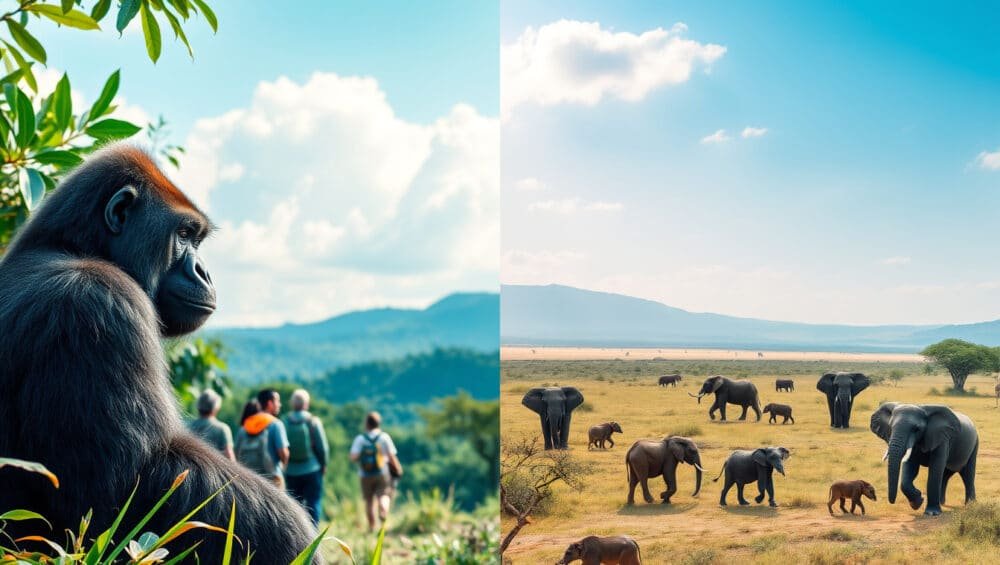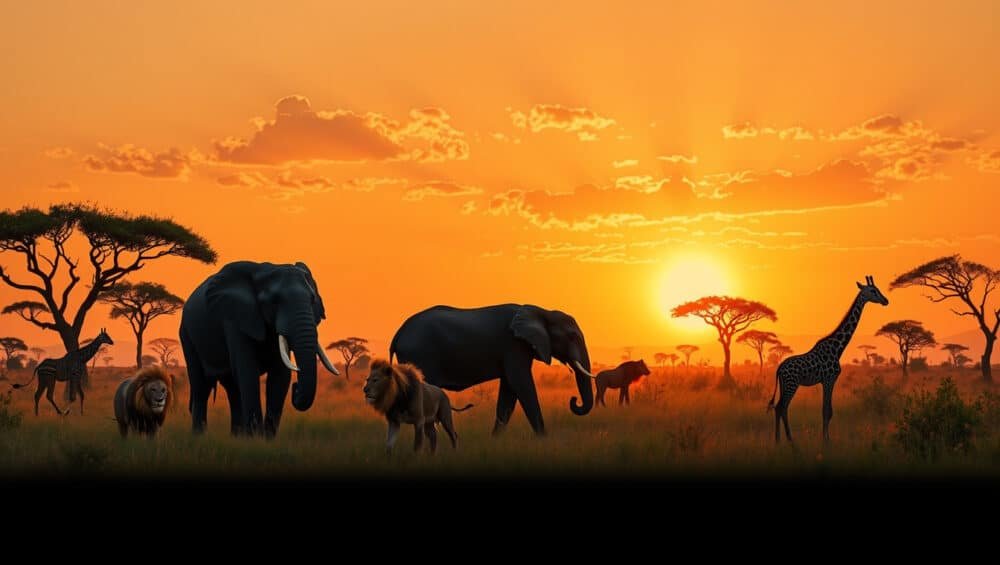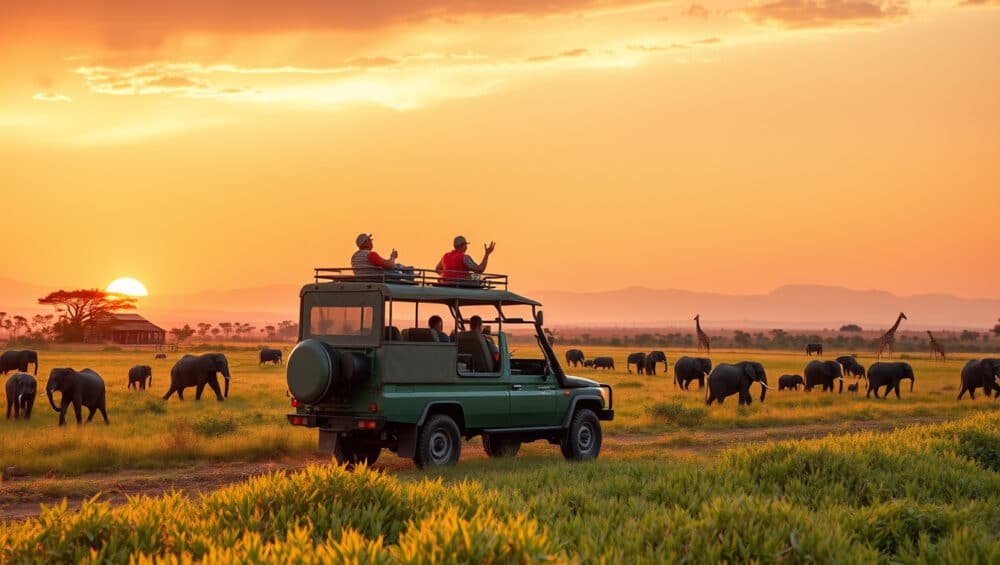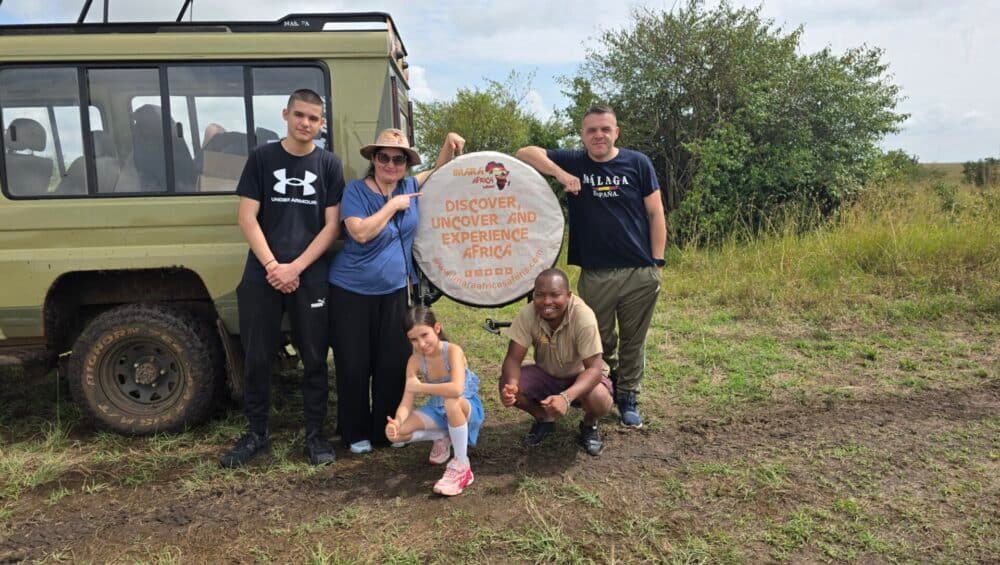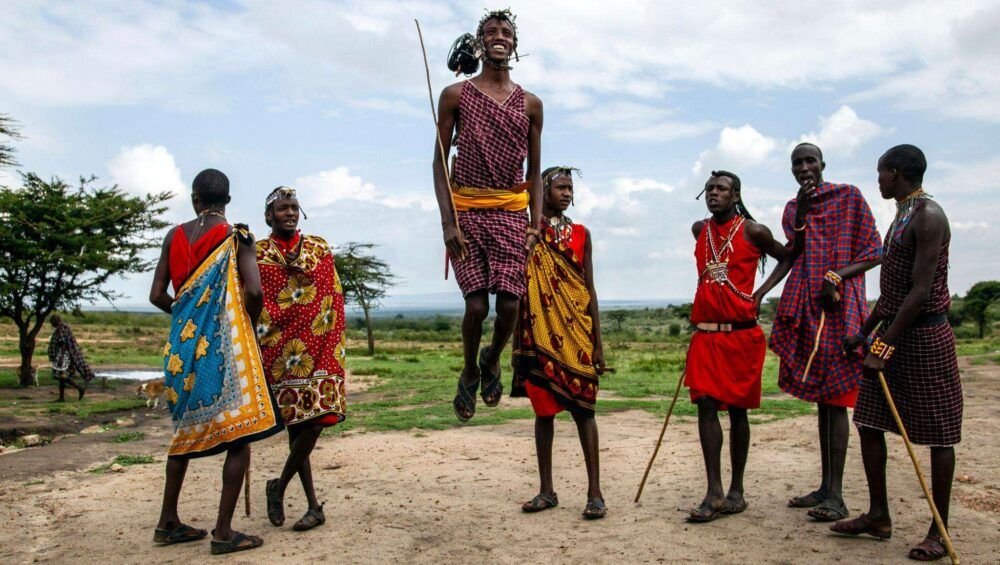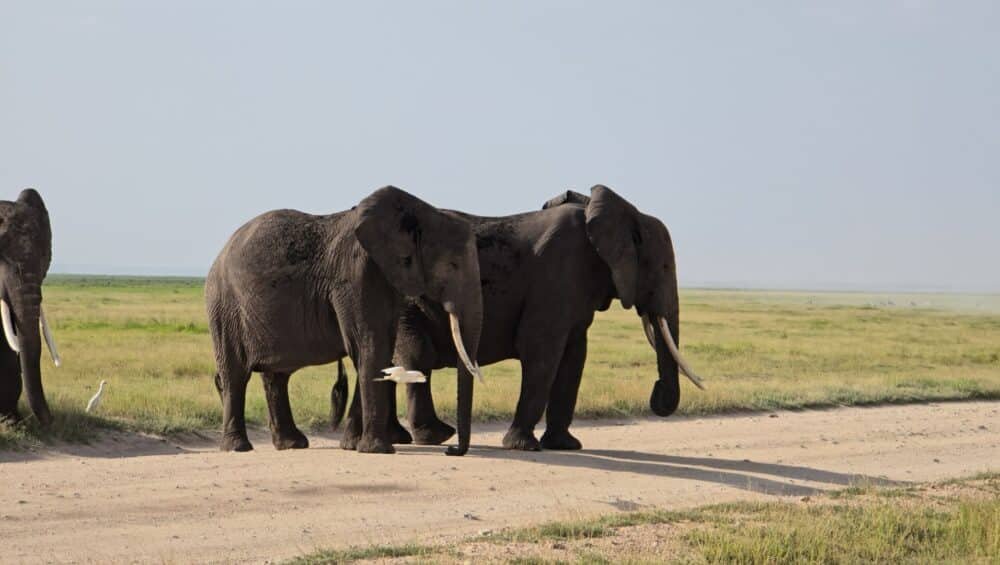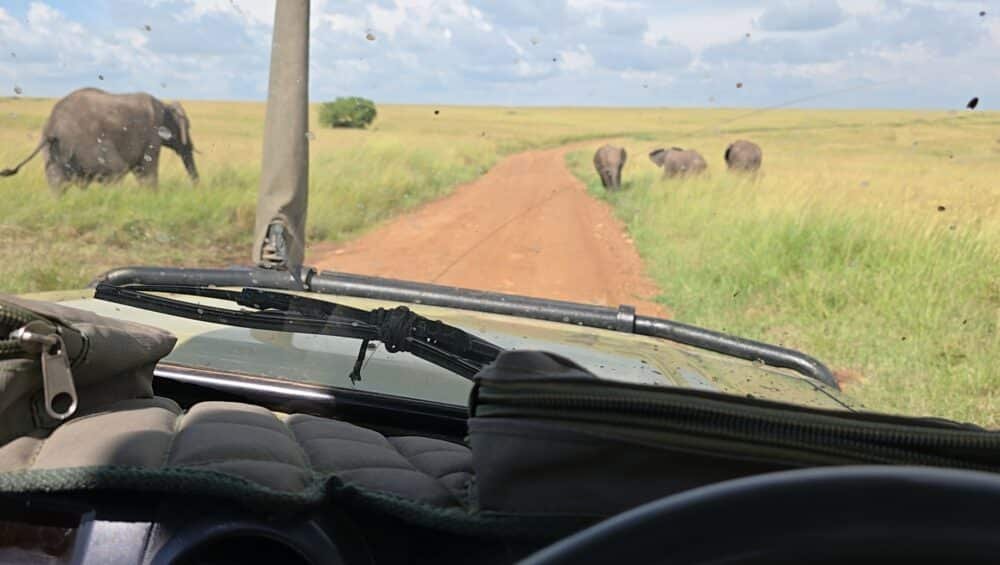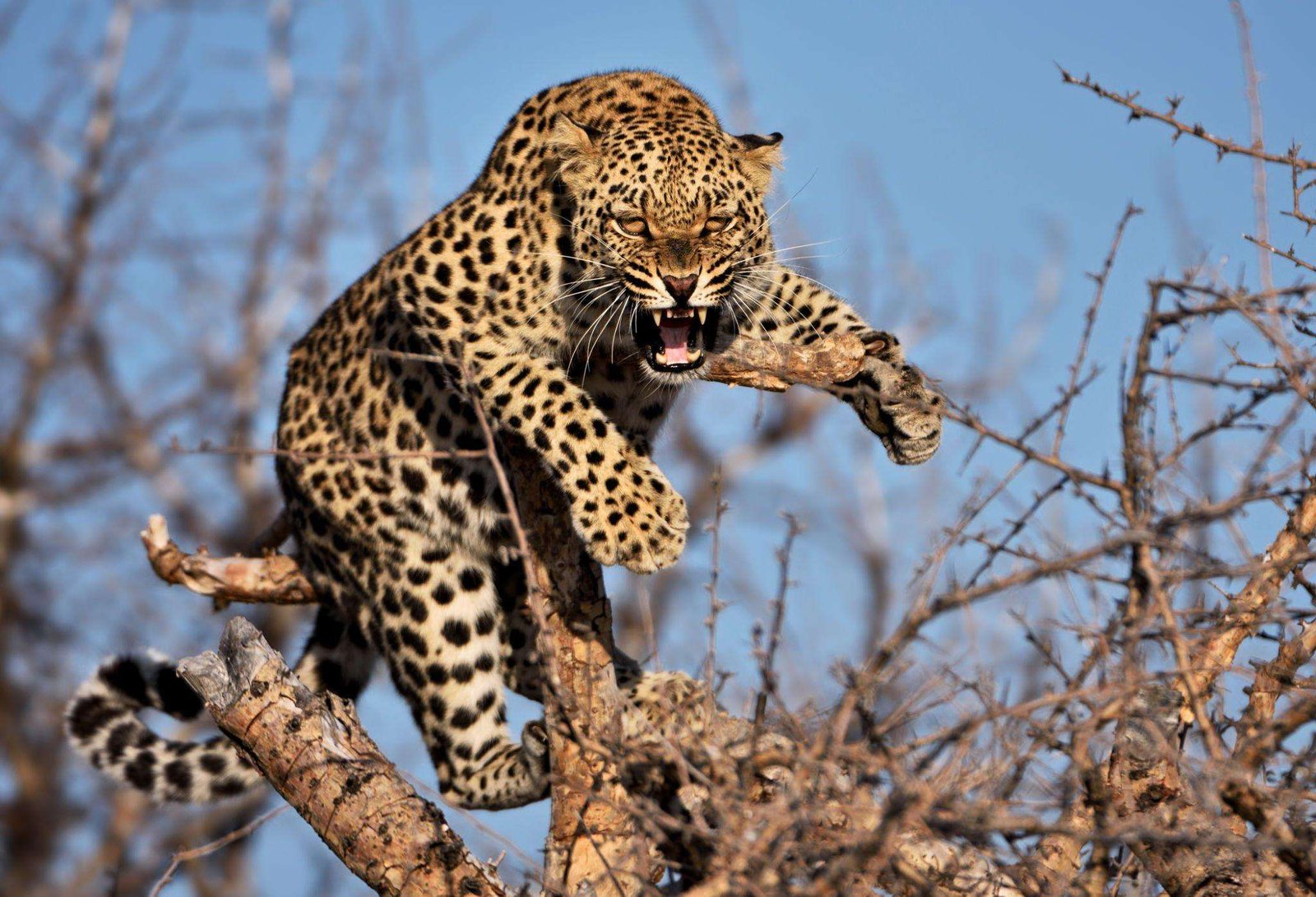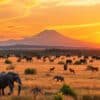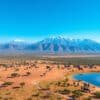Embarking on an African Safari Game Journey: An Invitation to Adventure
Picture this: the sun is setting on the horizon, painting the sky in shades of orange and pink, while a gentle breeze carries the distant calls of the wild. You’re in the heart of Africa, on a daring safari game adventure, surrounded by the vibrant life that thrives in this vast and beautiful land. Have you ever wondered what it would be like to experience such a moment? Or what stories and secrets the African savannah holds?
Diving into an African safari isn’t just about spotting a lion or an elephant; it’s about stepping into an ancient narrative that showcases the cultural significance of the continent’s natural heritage. Africa’s unique biodiversity makes it a coveted destination for those yearning to witness not just the Big Five but a rich tapestry of ecosystems and creatures both great and small.
The Treasure Trove of Africa’s Natural Wealth
From the Serengeti’s endless plains to the lush wetlands of the Okavango Delta, Africa’s safari destinations are as varied as they are breathtaking. But what role do we play in this delicate dance of life? As travelers, understanding the importance of sustainable tourism and active conservation efforts is vital. Preserving these landscapes ensures that future generations can also stand in awe of Africa’s raw beauty.
Join me as we explore the mesmerizing world of African safari game—each region a chapter, every encounter a story. Whether you’ve always dreamed of an up-close encounter with elephants in the Maasai Mara or capturing the perfect sunrise over Kruger National Park, this is your ultimate guide to planning, experiencing, and savoring an African safari adventure. Ready to dive in?
Introduction to African Safari Game Experiences
A Glimpse into the Cultural Significance of African Safaris
Picture this: you’re out in the wild, the sun rising over a savanna that stretches to the horizon, and suddenly—there it is—a lion, majestic and unyielding, casually strolling across your path. Wouldn’t you agree that there’s something inherently magical about African safari game experiences? I mean, when was the last time a lion crossed your path on the way to work? These safaris are not just for thrills; they are woven into the cultural fabric of Africa. The continent’s rich tapestry of stories, legends, and traditions often centers around the vibrant wildlife, reflecting a deep-rooted bond between people and nature. So, when embarking on a safari, you’re not just stepping into a wildlife adventure, you’re walking into a narrative that has been thousands of years in the making.
Discover the Unique Biodiversity Across Africa’s Safari Destinations
Let’s talk about biodiversity because, let’s face it, Mother Nature went all out when she crafted Africa. The continent is home to some of the most unique and diverse ecosystems on the planet. From the acacia-dotted plains of the Serengeti to the lush Okavango Delta, each safari destination is like a living museum, teeming with life. Take South Africa’s Kruger National Park, for instance; it’s not just home to the Big Five (you know, lions, elephants, buffalo, leopards, and rhinos), but it also hosts over 500 bird species. Or how about a personal favorite, the Maasai Mara in Kenya, where you can witness the awe-inspiring migration of wildebeests and zebras? This great migration is one of nature’s most spectacular events and is worth every penny of that plane ticket.
The Importance of Sustainable Tourism and Conservation Efforts
Now, let’s switch gears a bit—while the excitement of a safari is hard to resist, there’s a bigger picture involved. Have you ever thought about the impact tourism has on these incredible ecosystems? The reality is that our presence there can either jeopardize or protect these environments. That’s why sustainable tourism has become the buzzword of choice in recent years, and for good reason. It’s all about striking that delicate balance, ensuring that while we get to enjoy the splendor of nature, we’re also protecting it for generations to come.
Through sustainable tourism, local communities often take the driver’s seat, managing and benefiting from the influx of tourists. This creates a win-win scenario—conservation initiatives can flourish, and communities see economic gains. Safari lodges are turning greener, integrating eco-friendly practices such as solar power and waste recycling. Guides and tour operators emphasize responsible behaviors, such as keeping a safe distance from wildlife and respecting their natural habitats. And trust me, there’s nothing more gratifying than knowing your excursion is contributing to the greater good. Wouldn’t you want to be part of a journey that leaves treadmarks of kindness rather than destruction?
Conservation efforts have never been more crucial. With many iconic species threatened by poaching and habitat loss, every contribution matters. Partnering with local conservation projects or donating to wildlife funds can make a huge difference. When planning your next excursion, consider tours that actively support conservation. Your choice can help save the very creatures you’ve traveled thousands of miles to see. After all, isn’t it fulfilling to know you’re part of preserving a piece of our world?
So, the next time you dream about an African safari—and let’s be real, that might be soon—think about the wonder, the culture, and the careful dance of preservation. African safari game experiences are more than just a vacation—they’re a chance to reconnect with nature, embrace diverse cultures, and help safeguard our natural heritage. What story will you choose to be a part of?
Get a Free Safari Quote Now

Top African Safari Game Parks and Reserves
Okay, let’s admit it: when folks dream about an African safari, they’re usually thinking about those vast, sprawling landscapes teeming with wildlife. It’s the kind of magic you can’t quite capture in a postcard. Africa’s safari parks and reserves are more than just destinations; they are gateways to unforgettable adventures. Let’s dive into some of the top spots that have captured the hearts of wanderers and wildlife enthusiasts alike.
Serengeti National Park
Who hasn’t heard of the Serengeti? It’s the stuff of legends, possibly due to its starring role in myriad nature documentaries. Located in Tanzania, the Serengeti is renowned for the Great Migration, where over a million wildebeest, zebras, and gazelles thunder across the plains, painting the landscape in a moving mosaic of hooves and horns.
I recall standing on the edge of the Serengeti, feeling the earth tremble as the herds passed by. In these moments, you’d swear time stops, allowing you to soak in the grandeur. Beyond the migration, this park offers more permanent residents like lions, elephants, and cheetahs, all set against a backdrop of seemingly endless savannas. Who can resist the call of the Serengeti?
Maasai Mara National Reserve
Often considered the northern continuation of the Serengeti, Kenya’s Maasai Mara is every bit as stunning and awe-inspiring. If you’re gunning for that classic ‘Lion King’ feel with a side of remarkable scenery, this is the place to be.
What’s special about the Maasai Mara, you ask? Apart from the Big Five—lion, leopard, rhino, elephant, and buffalo—its landscape of rolling hills and riverine forests will enchant photography enthusiasts. My first morning in the Mara, the sun kissed the horizon, revealing a parade of elephants by the Mara River. Goosebumps? Oh, big time. There’s something in the air here, something beyond the roar of a lion or the distant call of a hyena. It’s in the whisper of the wind through the grasses, reminding you that you’re in a place ancient, untouched, yet so vibrantly alive.
Kruger National Park
Heading down south, the Kruger National Park in South Africa is another powerhouse of wildlife experiences. It’s more accessible than the Serengeti and Maasai Mara, especially for families or first-time safari-goers. The park’s expansive roads and accommodation options make it ideal for self-drive safaris.
Kruger surprises you not just with the Big Five, but also with a host of other dynamic creatures. I remember spotting a kudu grazing quietly one early morning, its striped coat dazzling in the dawn light. Fancy a more leisurely pace? The abundance of birds, reptiles, and even some very shy leopards will keep you entertained. Plus, Kruger is a great showcase of different ecosystems, from bushveld to dense forests. Exciting much?
Etosha National Park
If your inner safari enthusiast craves something different, head to Namibia’s Etosha National Park. The dazzling white salt pan dominates the park, a remnant of a gigantic lake that dried up ages ago. It’s a bit different from the usual safari scenery, and that’s what makes Etosha so captivating.
The wildlife here has adapted to the arid environment beautifully. You can see herds of the critically endangered black rhino, as well as elephants covered in white dust, looking like fairytale creatures. I once watched a pride of lions peacefully sharing a watering hole with zebras and springboks—an awe-inspiring moment seemingly plucked from a fabled oasis.
Chobe National Park
Next stop: Botswana’s Chobe National Park. Known for its sizable elephant population, Chobe blesses us with some of the most mesmerizing wildlife spectacles on earth. Imagine floating lazily down the Chobe River, snapping photos of elephants splashing around like oversized puppies. It’s the kind of scene that’ll make anyone squeal with delight.
But it’s not just about elephants; you’ll also get hippos, crocodiles, and more water-loving wildlife. Chobe is diverse with its lush floodplains, thick forests, and expansive swamps, offering something for everyone from the safari newbie to the wildlife die-hard. If you’re thinking, Can it really get better than this? Trust me, it can.
Unique Landscapes and Habitats
Now, let’s talk landscapes. African parks give more than wildlife; they offer stunning views you’d want to frame on every wall. Whether it’s the endless sky over the Serengeti or the dramatic cliffs along South Africa’s rugged coastline, every park has its signature charm.
These diverse habitats create the perfect stage for different safari seasons. Each park shines in its own unique way, whether it’s lush after the rains or golden-tinted in the dry season. An early morning drive through these contrasting terrains can offer as much excitement as spotting the animals themselves.
So, which park calls to you? More importantly, which stories will you someday tell of your safari adventure? Whether it’s a tale of witnessing the Great Migration or catching sight of a lioness on the hunt, each park leaves an indelible mark, urging you to return, to explore more, and to experience Africa’s wild heart over and over again.
Get a Free Safari Quote Now
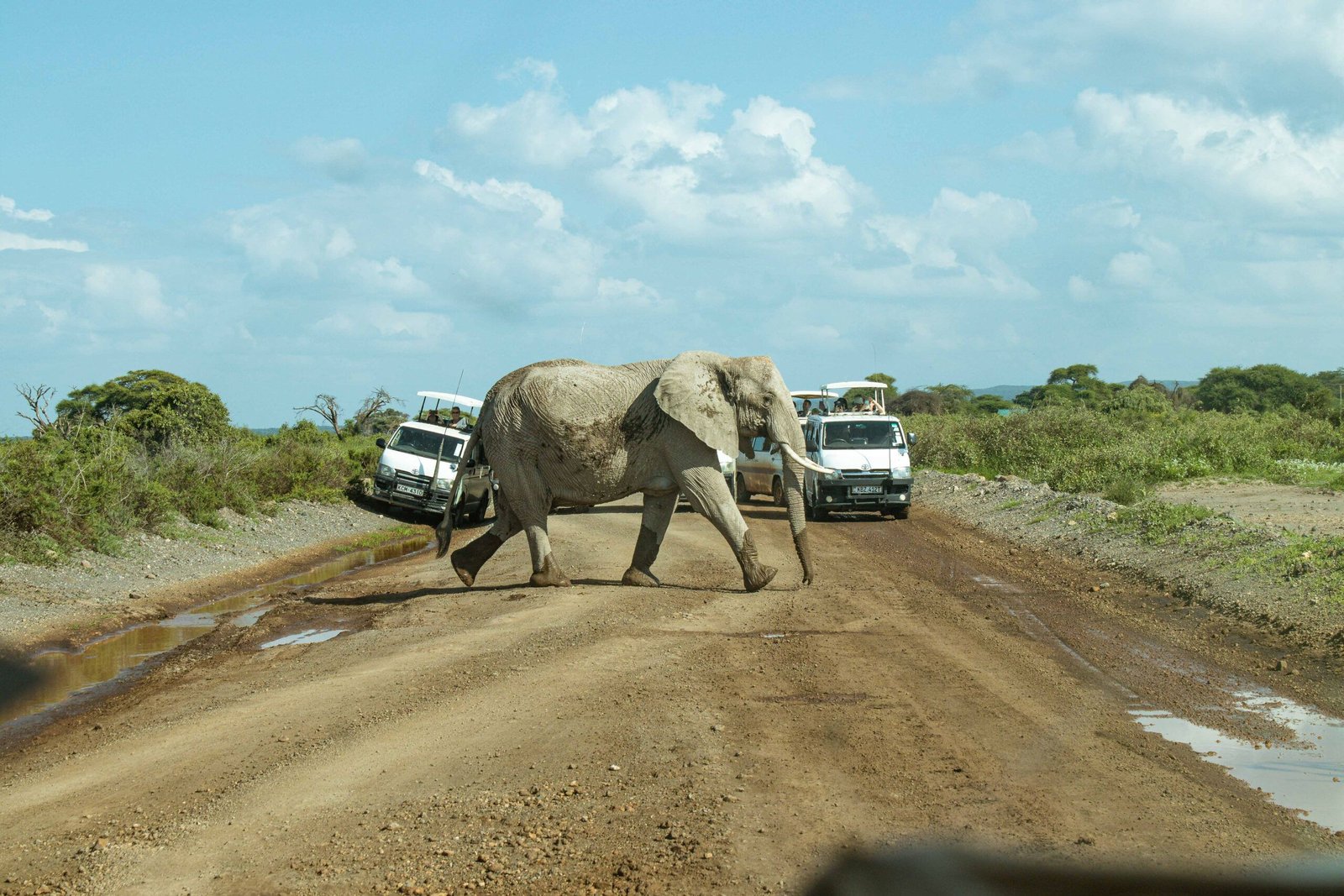
Planning Your African Safari Adventure
When it comes to planning an African safari adventure, timing is everything. Trust me, choosing the best time to visit can make or break your experience. Picture this: you’re all set to see the legendary wildebeest migration in the Serengeti, only to discover it’s the wrong time of year. Heartbreaking, right? So let’s dive into some tips that’ll help you catch Africa’s wildlife at its prime.
Timing Your Safari
The golden rule when planning your safari is to align your visit with the dry season, which generally falls between June and October in most African countries. During this period, the grass is shorter, making wildlife easier to spot, and animals tend to congregate around waterholes. However, let’s not forget about the famed Great Migration. If you’re dreaming of seeing those massive herds in all their glory, aim for July to October. But remember, Africa’s a big place with varied climates. For instance, in South Africa’s Kruger National Park, May to September offers cooler temperatures and optimal game viewing.
Choosing Your Safari Style
Once you’ve nailed down your timing, it’s time to think about how you want to experience the bush. Are you a DIY enthusiast who loves the freedom of a self-drive safari? Or do you prefer the expertise and ease of a guided tour? Both have their perks. Self-drive safaris allow for flexible schedules and at-your-own-pace exploration, perfect for those who love taking their time to frame the perfect shot. However, if you’re anything like me, the thought of navigating wilderness roads might be a bit daunting. In that case, a guided tour is your ticket. Trained guides not only know where the action is but also enrich the experience with fascinating insights about the animals and habitats.
And for those looking to splurge a little, there’s the luxury safari option. Imagine plush accommodations, gourmet dining in the bush, and leisurely game drives. It’s a bit like roughing it in style—glamping on steroids! My top tip? No matter the method, book your safari well in advance, especially during peak seasons. Spots fill up fast!
Packing for Your Safari
Now, let’s talk about packing. I’ve learned the hard way that what you bring can significantly impact your adventure. Have you ever tried spotting a lion with a $20 pair of binoculars? Spoiler: it doesn’t work well! Invest in a good pair of binoculars—trust me, they’re worth it. As for clothing, channel your inner Indiana Jones and go for neutral colors like khaki and olive to blend into the environment. Avoid white or bright colors, as they could startle the wildlife or, more annoyingly, attract insects.
Layering is your friend due to the temperature swings between chilly mornings and hot afternoons. A lightweight, breathable jacket is a must. Don’t forget your hat and sunglasses for sun protection, and make sure to pack some comfortable walking shoes. Running into a rhino is one thing; doing it in flip-flops is another.
Since you’re going to be out and about, a trusty daypack can hold essentials like sunscreen, a reusable water bottle, and your camera gear. Oh, and pack a universal adapter for your electronic devices. You wouldn’t want to miss snapping the perfect sunset shot because of a dead camera battery, right?
Preparing for Safety
Last but certainly not least, safety should be your priority. Africa is generally safe for tourists, but precautions are always wise. Vaccinations and anti-malaria medication are essential depending on your destination within the continent. I learned this from a rather itchy experience I’d rather not relive. Make sure you’re up-to-date with your travel insurance, covering your health and belongings.
Once you’re on the ground, listen to your guide’s advice. Keep a respectful distance from the animals. Remember, you’re in their territory now. Night drives can be breathtakingly exhilarating, but keep those windows up, unless a curious set of whiskers poking through sounds appealing to you!
So, are you ready to head out on your African safari adventure? Hopefully, these tips help you embark on a journey that’s memorable for all the right reasons. Pack those bags and see you on the savannah!
Get a Free Safari Quote Now
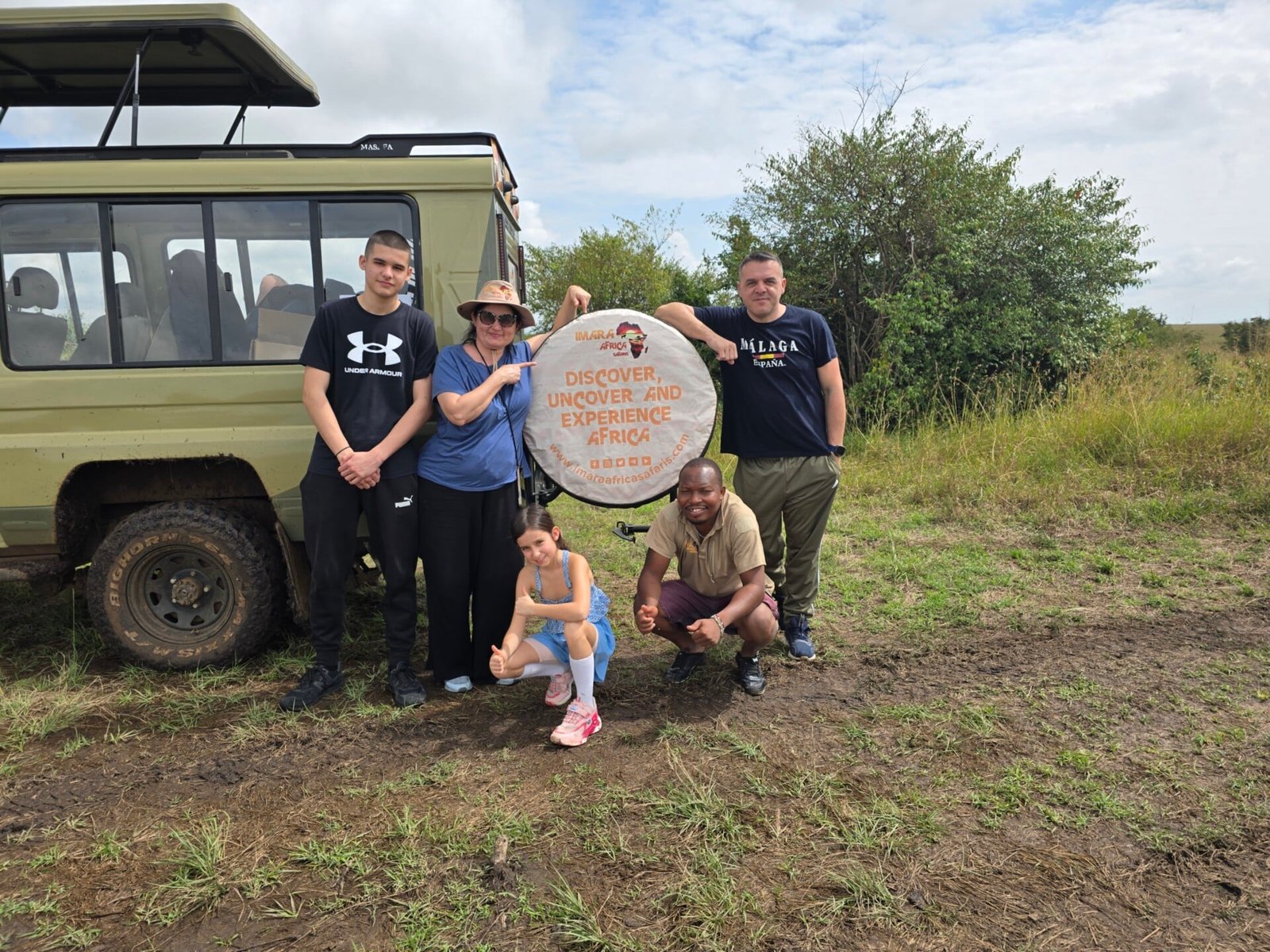
Enhancing Your Safari Game with Local Culture and Experiences
Now, picture this: You’re on an African safari, the sun setting in the distance, and you’ve ticked off an impressive list from your wildlife bingo card – lions, elephants, and maybe even a sneaky cheetah. But did you know there’s a whole other dimension to your safari experience that extends beyond the incredible wildlife? It’s about connecting with the local culture and communities. Let’s dive into how these cultural experiences can transform your safari into a truly unforgettable adventure.
Opportunities for Cultural Immersion with Local Tribes and Communities
When I first went on a safari, I was captivated, not just by the rhythm of the wild, but by the vibrant human tapestry that colors Africa. Experiencing the rhythm of the drum with the Maasai in Kenya or listening to the ancient stories of the San people in Botswana opened my eyes to the idea that a safari can also be about cultural discovery. Engaging with these local tribes offers a unique glimpse into Africa’s heart and soul.
Imagine sitting around a campfire, sipping local brews, and hearing stories that have been passed down through generations. Many safari destinations are in proximity to indigenous communities who are eager to share their way of life with visitors. This isn’t just an opportunity to learn about their traditions but also to see how conservation and community intertwine. Does it get any more authentic than learning how to track animals from the experts who have been doing it for centuries?
Highlighting Traditional Practices, Languages, and Crafts
After my first encounter with local tribes during a safari, I was hooked. My friends often joke that I came home with enough woven baskets to redefine interior decor! But seriously, the crafts and traditions you encounter aren’t just souvenirs; they’re stories solidified in art.
Traditional practices vary widely from region to region, with each community offering a unique perspective. From the beadwork of the Samburu in Kenya to the intricate tie-dye fabric designs of the Tuareg in Niger—each craft unravels a piece of cultural heritage. The San of the Kalahari Desert, for instance, have a language peppered with clicks that’s as musical as it is mesmerizing. Engaging with these elements gives you not just mementos to bring home but also a deeper appreciation for the cultural diversity that thrives alongside Africa’s famous wildlife.
Learning a few basic phrases from the locals in their native language can deepen your connection and is always met with smiles of appreciation. Plus, it’s excellent practice for those unused vocal cords if you dare to attempt the Xhosa click sounds!
Ethical Interactions Supporting and Respecting Local Populations
It’s critical to emphasize ethical and respectful tourism when interacting with local communities. After all, it’s one thing to visit but another to leave a positive footprint. Have you ever thought about how your visit can contribute to the community rather than detract from it?
By spending time in local markets, choosing homestays or community-run lodges, and hiring local guides, travelers can support the local economy and promote sustainable practices. I once stayed in a lodge managed by the Maasai community in Tanzania, and each dollar spent went directly to supporting their education and health initiatives. It was enlightening to realize that tourism doesn’t have to exploit; instead, it can empower.
Before your visit, research and choose organizations that prioritize ethical interactions. Ask yourself, “How can I ensure my visit helps rather than harms?” Your safari can leave a lasting impact by balancing adventure and responsibility. So next time you encounter a craft vendor with a story to tell, take a moment, listen, learn, and understand the world through their eyes.
Incorporating cultural experiences into your safari not only enriches your travels but also plays a part in preserving the very cultures and landscapes you’ll come to cherish. Isn’t it comforting to know that by broadening your adventure, you’re also contributing to the sustainable continuity of these incredible communities?
Conclusion: Embracing the Journey of an African Safari
So, there we have it—the allure of the African safari game in all its wild, wild splendor. Whether you’re drawn by the thunderous stampede across the Serengeti, the elegant silhouette of a Maasai giraffe against the golden sunrise, or the heart-stopping moment of spotting a lion in Kruger, one thing is clear: Africa’s sweeping landscapes offer more than just a vacation—they offer an adventure of the soul.
But a safari isn’t just about ticking off the ‘Big Five’ from your bucket list or capturing that perfect Instagram moment (though, let’s admit, those make for some pretty amazing posts!). It’s about immersing yourself in the rich tapestry of life that thrives in these reserves. It’s about hearing the stories of the land from its original inhabitants and seeing the world through a lens of generations past and future. The cultural experiences available turn a great adventure into an unforgettable one, where every encounter tells a story. Remember, it’s not just the wildlife that makes Africa magical; it’s the people, traditions, and history intertwined with every part of your journey.
As you plot your adventure, let’s not forget to ponder over another crucial element—sustainability. After all, what’s the point of this mesmerizing journey if it jeopardizes the very wonders we come to admire? By engaging in sustainable tourism practices, we ensure that future generations can also marvel at these iconic landscapes and thriving ecosystems. And who doesn’t want to be a part of something that transcends this moment and reaches into tomorrow?
In essence, whether you’re a seasoned explorer or a first-time visitor, remember to step lightly and listen closely. Each paw print, each whisper of the wind through acacia trees, each cultural exchange—it’s all part of the grand tapestry of Africa. And as I sit here, I find myself wondering: When’s your next adventure? Just imagine, the call of the wild is waiting and it might just change you in ways you never thought possible.
Get a Free Safari Quote Now
 Uganda vs Safari in Kenya‘ style=’display: block; margin: auto; max-width: 100%; height: auto;’>
Uganda vs Safari in Kenya‘ style=’display: block; margin: auto; max-width: 100%; height: auto;’>


